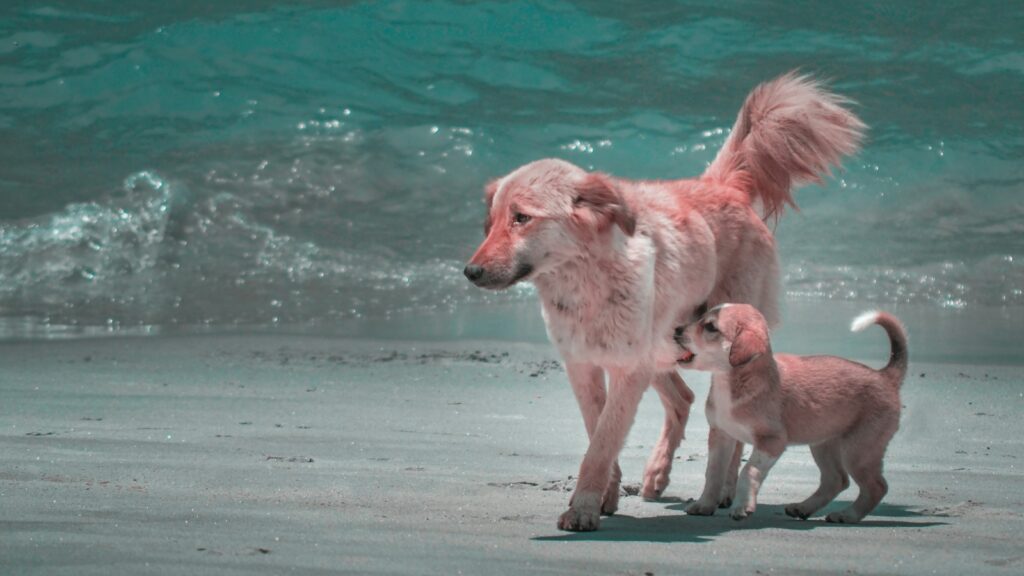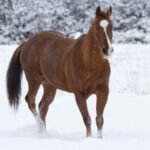Rare breed animals, whether they’re uncommon dog breeds, heritage livestock, or exotic pets, often come with unique temperaments and behavioral patterns that can challenge even experienced handlers. When these animals refuse to cooperate—whether during training, breeding programs, medical care, or daily interactions—it creates a situation that requires special handling and understanding. Unlike more common domesticated animals whose behaviors have been streamlined through generations of selective breeding, rare breeds often retain independent streaks, strong preservation instincts, and distinctive personalities that can manifest as stubbornness or apparent defiance. This article explores the various scenarios where rare breeds might refuse cooperation, why this happens, and practical solutions for addressing these challenges while respecting the animal’s unique nature and preserving the valuable genetic diversity these rare breeds represent.
Understanding Why Rare Breeds May Refuse Cooperation
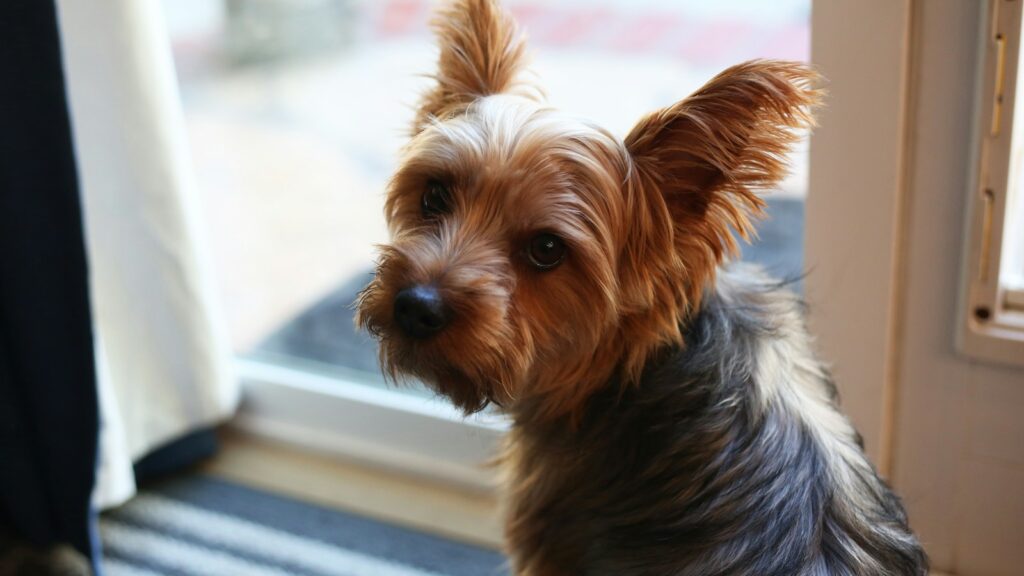
Rare breeds often retain traits that were bred out of more common domesticated animals, including strong survival instincts, independence, and wariness that can manifest as resistance to human direction. Many rare livestock breeds were developed to thrive in harsh environments with minimal human intervention, resulting in animals that make independent decisions rather than looking to humans for guidance. Ancient dog breeds like the Basenji or Canaan Dog often display cat-like independence and decision-making processes that can appear as stubbornness when they’re actually evaluating whether your request serves their interests. Additionally, some rare breeds have simply had less selective breeding for compliance compared to working or companion breeds, meaning their cooperation is earned rather than instinctual. Understanding these fundamental differences in psychology is the first step toward developing effective strategies for working with uncooperative rare breeds.
Genetic Factors Behind Stubborn Behaviors
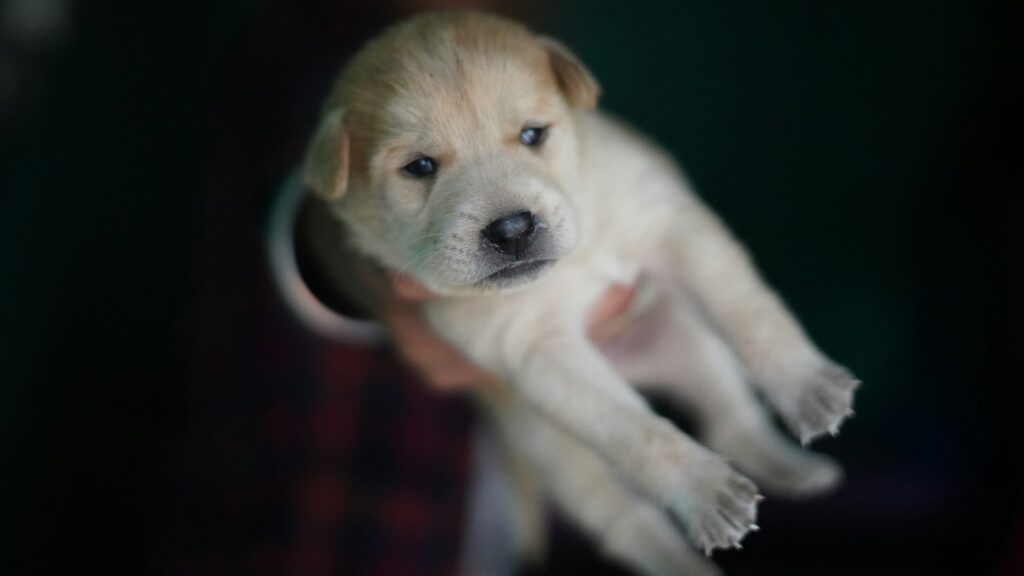
Genetic preservation plays a significant role in the behaviors exhibited by rare breeds, as many retain primitive traits that served their ancestors well but can complicate domestication. For instance, rare poultry breeds like the Ayam Cemani or Bresse often display stronger flocking, foraging, and vigilance behaviors that can make them difficult to manage in conventional settings. Heritage livestock breeds such as the Gloucestershire Old Spots pig or Scottish Highland cattle often demonstrate heightened territorial behaviors and independent decision-making that served them well historically but can challenge modern farming practices. The genetic makeup of these animals sometimes includes stronger fight-or-flight responses that haven’t been diluted through selective breeding for docility. In rare dog breeds, primitive traits like resource guarding, territory defense, and independent hunting strategies often remain intact, requiring handlers to respect and work with these instincts rather than against them.
Training Challenges Specific to Uncommon Breeds
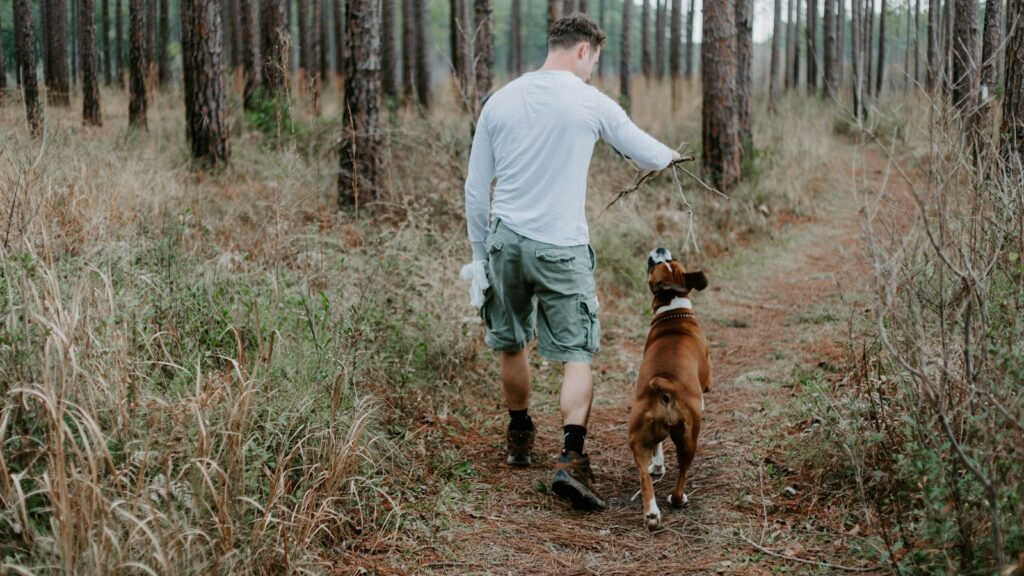
Training rare breeds requires specialized approaches that acknowledge their unique psychology and motivational structures. Unlike more common breeds that may work eagerly for praise or treats, many rare breeds require compelling reasons to comply that align with their natural instincts and drivers. For example, sighthounds like the Azawakh or Sloughi often respond poorly to repetitive obedience exercises but excel when training incorporates their natural desire to chase. Ancient breeds such as the Chow Chow or Shiba Inu typically respond better to training that respects their dignity and offers mutual benefit rather than demanding submission. Heritage livestock breeds often require training methods that work with their natural behaviors, such as using flight zones effectively with Scottish Blackface sheep or allowing Tamworth pigs to express natural rooting behaviors as rewards. The key to successful training lies in understanding the breed’s original purpose and adapting methods accordingly rather than forcing them into standard training protocols.
Handling Medical Care Refusal in Rare Breeds
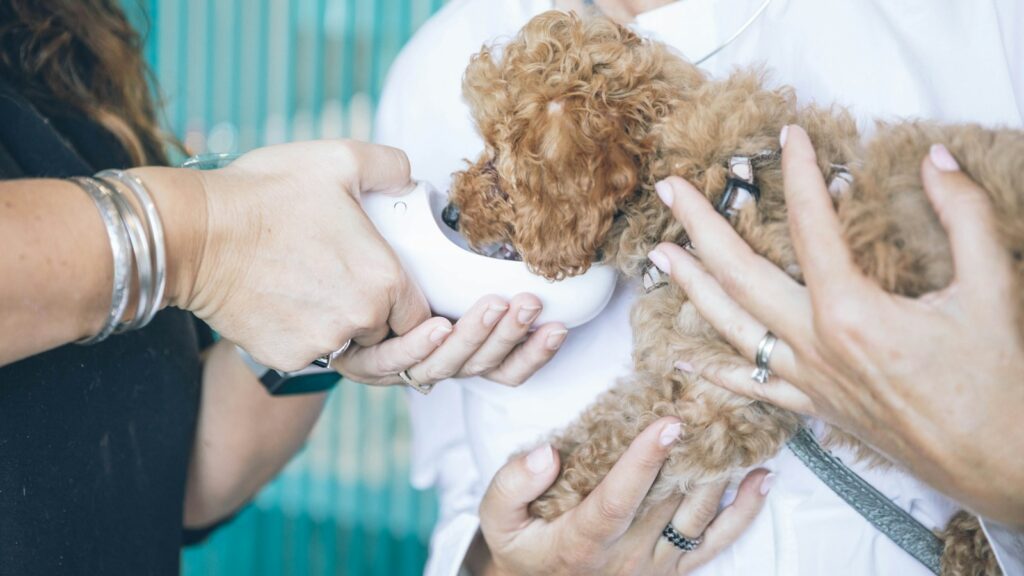
When rare breeds refuse cooperation during veterinary procedures or medical care, it presents unique challenges that require thoughtful solutions balancing welfare concerns with respect for the animal’s nature. Many primitive breeds have strong self-preservation instincts that make routine procedures like nail trimming, vaccinations, or physical examinations extraordinarily stressful for them compared to more domesticated animals. For rare livestock breeds, medical interventions may trigger powerful fight-or-flight responses that can be dangerous for both handlers and the animals themselves. Cooperative care training, where animals are systematically desensitized to handling and medical procedures using positive reinforcement, becomes especially important for rare breeds with these tendencies. Some veterinarians specializing in rare breeds employ species-specific handling techniques, such as using squeeze chutes designed for the particular conformation of heritage cattle breeds or employing minimal restraint methods for primitive dog breeds that panic under conventional restraint.
Breeding Program Complications with Uncooperative Rare Breeds
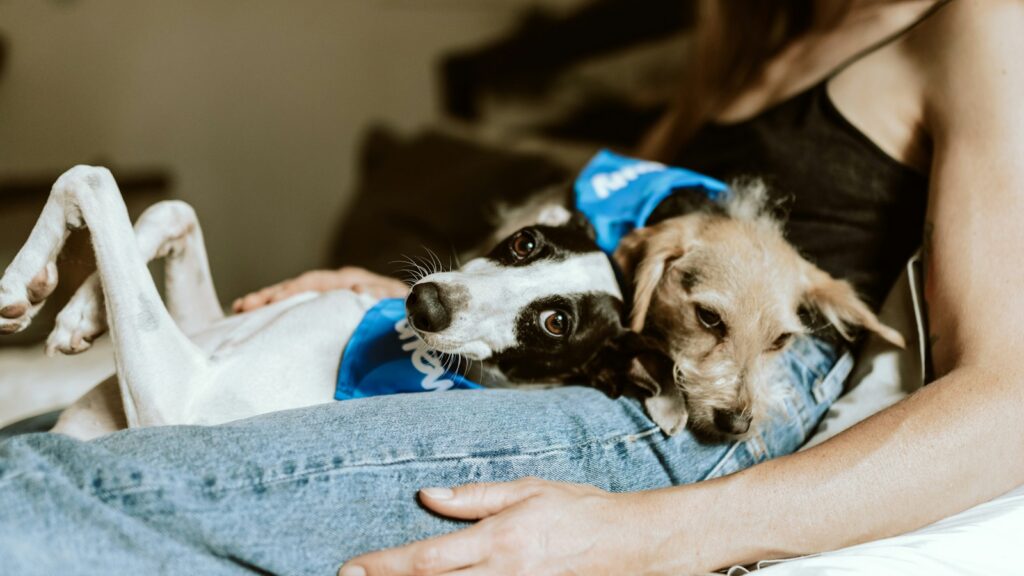
Breeding rare animals that refuse to cooperate presents significant challenges to conservation efforts aimed at preserving genetic diversity within these diminishing populations. Many heritage livestock breeds retain natural breeding behaviors that conflict with managed breeding programs, such as seasonal breeding patterns or mate selection preferences that can result in refused pairings regardless of genetic suitability. Rare dog breeds often have specific courtship requirements that, when not met, result in rejected breeding attempts even between carefully selected partners. For critically endangered breeds, artificial reproductive technologies may become necessary, but these procedures can be particularly stressful for animals unaccustomed to handling. Conservation breeding programs must often balance genetic management needs with respect for natural behaviors, sometimes implementing naturalistic breeding environments that allow for more typical courtship and mating behaviors while still controlling which animals have breeding opportunities.
Nutritional Resistance and Feeding Challenges

Feeding challenges arise frequently with rare breeds that may refuse standard diets or feeding protocols based on their evolutionary dietary adaptations and preferences. Many heritage livestock breeds evolved to thrive on forage types or feeding patterns different from those used in modern production systems, resulting in poor intake when offered conventional feeds. Rare poultry breeds often perform better when allowed to supplement their diets through foraging rather than relying solely on commercial feeds formulated for production breeds. Some primitive dog breeds retain feast-or-famine eating patterns that can frustrate owners expecting regular meal consumption, particularly during stress, seasonal changes, or when foods don’t match their ancestral diet patterns. Addressing these feeding challenges typically requires research into the breed’s native diet, implementing species-appropriate feeding schedules that may differ from conventional recommendations, and sometimes incorporating food enrichment techniques that align with natural feeding behaviors.
Environmental and Housing Refusals
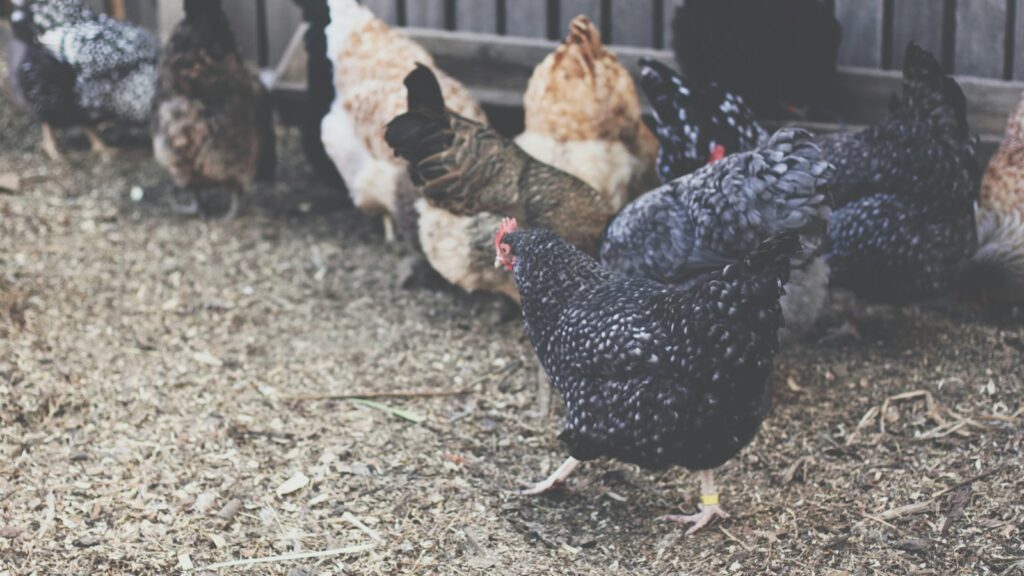
Rare breeds often have strong preferences regarding their living environments, sometimes refusing to use or enter housing that doesn’t align with their instinctual needs. Heritage poultry breeds like the Icelandic chicken or Marans may resist conventional coop designs, preferring environments that offer higher roosting options, variable terrain, or specific nesting accommodations that match their natural preferences. Primitive dog breeds such as the New Guinea Singing Dog or Carolina Dog may display stress behaviors when housed in traditional indoor environments without adequate outdoor access or environmental complexity. Some rare livestock breeds developed in specific terrain types may struggle when kept on inappropriate land—Highland cattle accustomed to rough forage and varied topography often do poorly on flat, improved pastures. Creating environments that accommodate these innate preferences is essential for reducing stress-related behaviors and promoting cooperation, even if it means adapting conventional housing wisdom to better match the breed’s evolutionary background.
Handling and Transport Resistance
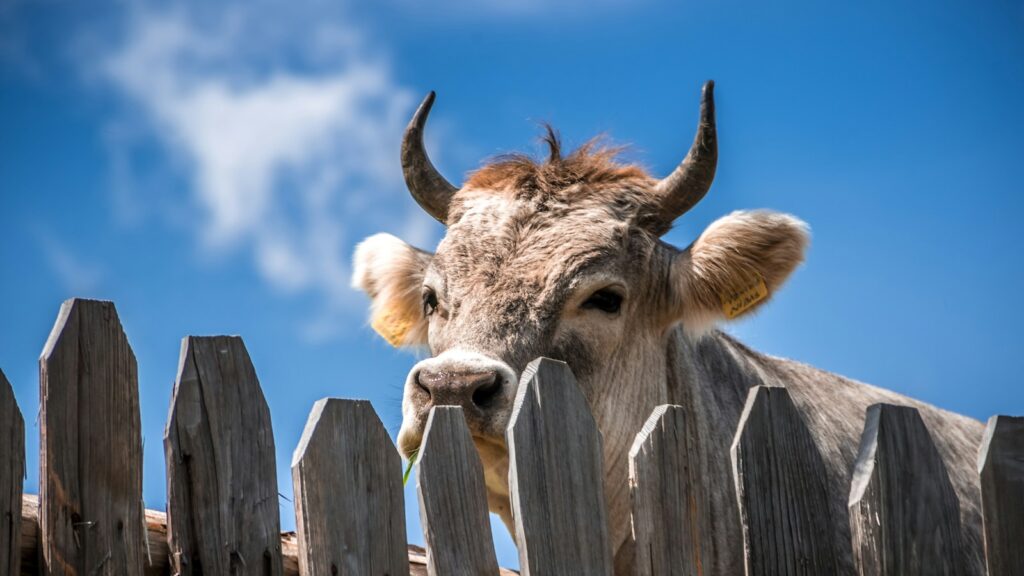
Many rare breeds demonstrate significant resistance to handling and transportation, creating logistical challenges for necessary movements and management procedures. Heritage livestock breeds often retain strong herd defense mechanisms that make individual handling particularly stressful, requiring specialized handling facilities designed with their specific flight zones and movement patterns in mind. Primitive dog breeds frequently display touch sensitivity or handling aversion that makes even routine activities like leashing or grooming potential flashpoints for non-cooperation. Traditional livestock breeds may have never been selected for ease of transport, resulting in animals that become dangerously stressed in conventional trailers or during loading procedures. Addressing these challenges requires gradual desensitization using positive reinforcement techniques, adapting handling equipment to better match the animal’s natural movement patterns, and sometimes modifying transport methods to reduce stress triggers specific to the breed.
Socialization Issues with Rare Breeds
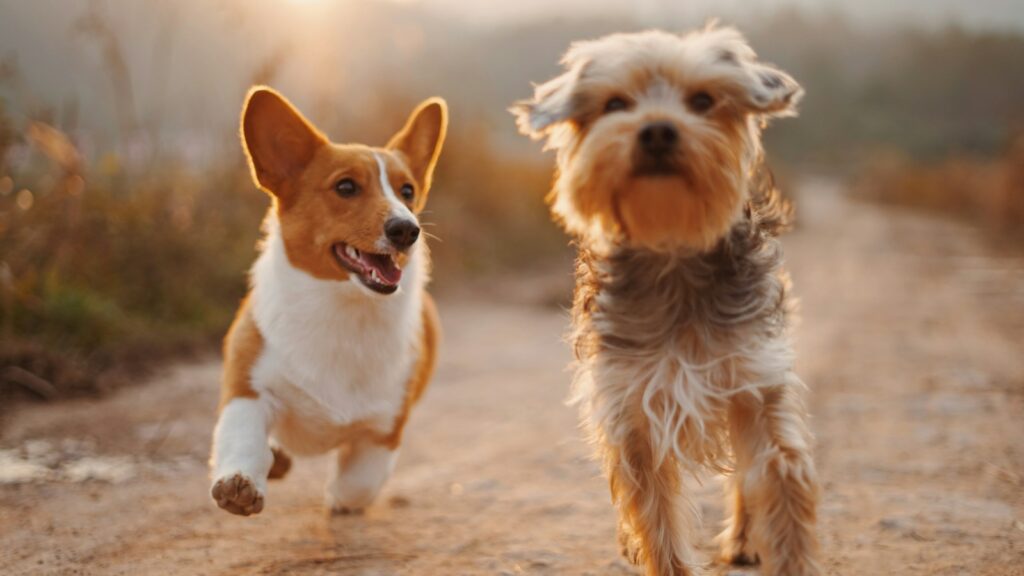
Socialization presents unique challenges with rare breeds that may have retained selective social structures or interaction preferences that differ significantly from more common domesticated animals. Many primitive dog breeds like the Canaan Dog or Thai Ridgeback develop highly selective social bonds and may appear uncooperative when expected to interact positively with unfamiliar people or animals. Rare livestock breeds often maintain stronger natural hierarchies that can complicate herd management, particularly when introducing new animals or reorganizing groups. Heritage poultry breeds frequently display stronger natural flock dynamics including territorial defense and resource competition that can appear as aggression or non-compliance in mixed flocks. Addressing these socialization challenges requires understanding the breed’s natural social structure, providing appropriate early socialization that respects the animal’s temperament rather than forcing interactions, and creating management systems that accommodate natural social preferences rather than fighting against them.
Working with Seasonal Behavior Changes

Seasonal behavior patterns remain strong in many rare breeds and can manifest as periodic non-cooperation that puzzles owners accustomed to more consistent domestic animals. Heritage livestock breeds often retain strong seasonal breeding behaviors including aggression, territoriality, or wandering tendencies that temporarily override training and handling protocols during specific times of year. Many rare dog breeds from extreme climates exhibit dramatic seasonal coat blowing, activity level changes, or behavioral shifts tied to their ancestral environmental adaptations. Some primitive breeds display seasonal food preferences or activity patterns that owners might misinterpret as suddenly developing behavioral problems rather than natural cycles. Managing these seasonal variations requires anticipating these changes based on knowledge of the breed’s native environment, adjusting expectations during these natural cycles, and sometimes modifying management practices seasonally to accommodate these ingrained patterns rather than fighting against them.
Communication Barriers with Unique Breeds
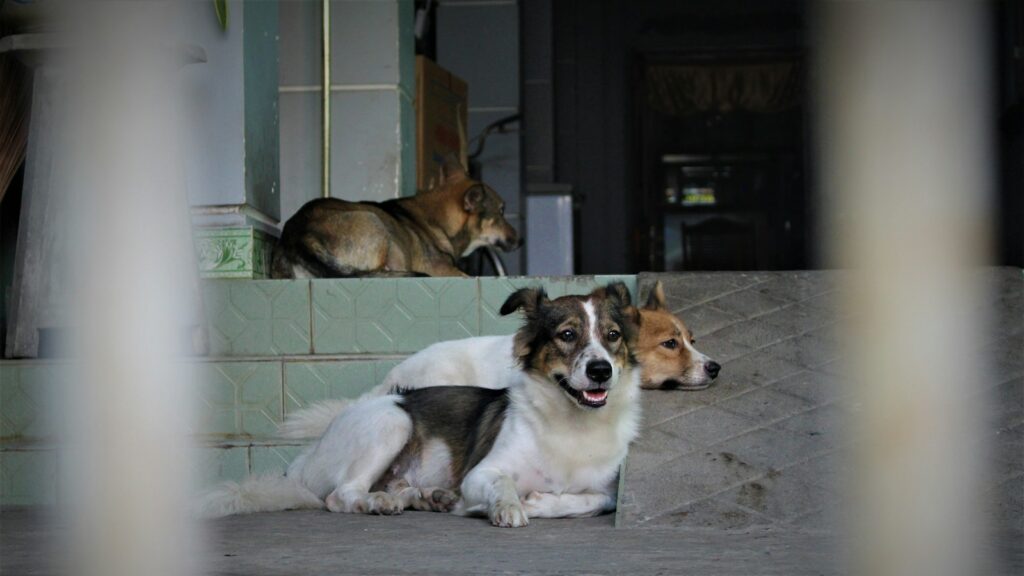
Communication challenges often underlie cooperation issues with rare breeds that may utilize different body language or respond to human signals differently than more common domesticated animals. Many primitive dog breeds use subtle body language that typical pet owners miss or misinterpret, leading to situations where the animal has clearly communicated discomfort but humans fail to recognize the signals until resistance escalates. Rare livestock breeds may respond differently to pressure, release, and positioning than breeds that have been selected for ease of handling, requiring handlers to learn breed-specific communication. Some heritage breeds retain stronger conspecific communication systems but reduced responsiveness to human cues, requiring handlers to adapt their communication style to bridge this gap. Overcoming these communication barriers typically involves studying the breed’s natural communication style, learning to recognize subtle stress indicators specific to the breed, and developing handling techniques that leverage natural behaviors rather than working against them.
Legal and Safety Considerations with Uncooperative Rare Breeds
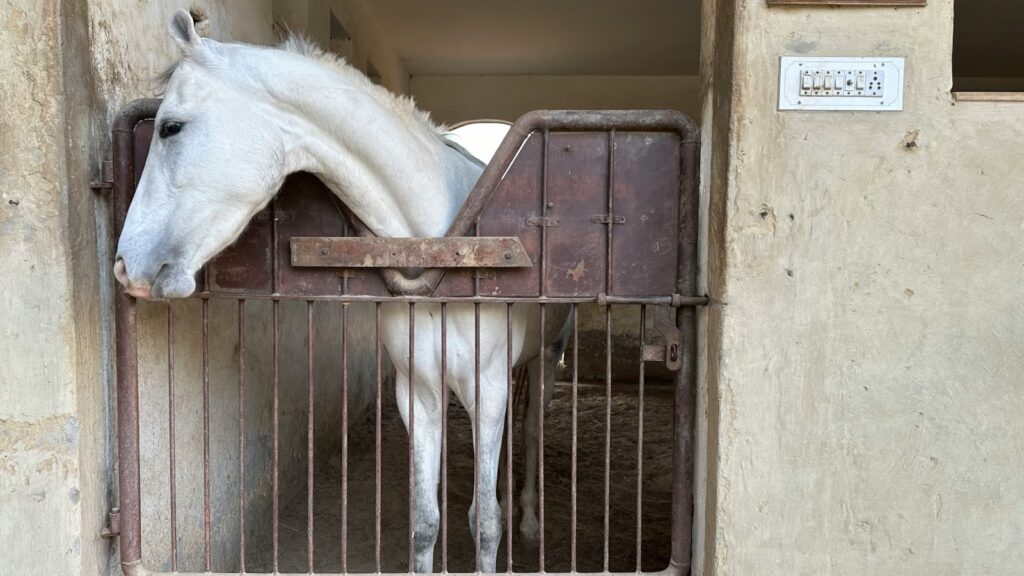
Uncooperative behaviors in rare breeds can sometimes raise legal and safety concerns that owners must address responsibly while still preserving the animal’s welfare and genetic value. Some heritage livestock breeds retain natural defensive behaviors including charging, kicking, or goring that can create liability issues when visitors or service providers must interact with the animals. Primitive dog breeds with strong guarding instincts may present liability challenges in communities with strict dangerous dog ordinances that don’t accommodate breed-specific behaviors. Insurance coverage can be complicated for owners of rare breeds with natural behaviors that insurers may deem high-risk based on mainstream domesticated animal standards. Managing these risks requires implementing appropriate containment systems, developing clear safety protocols for anyone interacting with the animals, providing thorough disclosure to visitors or service providers, and sometimes advocating for nuanced legal interpretations that recognize the value and nature of heritage breeds rather than judging them by standards developed for common domestic breeds.
Conservation Implications of Working with Difficult Rare Breeds

The challenges of working with uncooperative rare breeds have significant implications for conservation efforts and genetic preservation of these valuable animals. Difficult management requirements sometimes contribute to the decline of rare breeds as owners and breeders gravitate toward easier alternatives, potentially accelerating the loss of unique genetic material and adaptation capabilities. Conservation programs must balance authentic preservation of natural behaviors with realistic management needs to ensure rare breeds remain viable in contemporary settings. Some conservation strategies now incorporate behavior management as a core component alongside genetic preservation, developing handling and training protocols specific to each rare breed that respect their nature while making them manageable. The most successful conservation programs recognize that preserving a breed means preserving its behavioral integrity alongside its physical characteristics, working with rather than against natural tendencies even when they present challenges to conventional management approaches.
Building Success Through Relationship and Understanding

The foundation for overcoming non-cooperation in rare breeds ultimately lies in building strong relationships based on genuine understanding of the animal’s nature, needs, and communication style. Successful rare breed owners and conservationists develop deep knowledge of their animals’ evolutionary history, original purpose, and behavioral adaptations that inform every interaction and management decision. Rather than attempting to force compliance, experienced handlers focus on creating situations where cooperation aligns with the animal’s natural tendencies and serves mutual interests. Establishing trust becomes especially important with animals that retain strong self-preservation instincts and wariness of human intention. The most harmonious partnerships with rare breeds emerge when humans shift from expecting obedience to fostering collaboration, recognizing that these animals’ independence and unique characteristics are precisely what make them valuable living repositories of biological and cultural heritage worthy of preservation despite the additional challenges they may present.
Conclusion

Working with uncooperative rare breeds presents unique challenges but offers remarkable rewards for those willing to adapt their approaches and expectations. Rather than viewing these animals through the lens of conventional domesticated species, successful handlers recognize that the very traits that can make rare breeds difficult—their independence, strong instincts, and unique behaviors—are precisely what makes them valuable genetic and cultural resources worth preserving. By developing breed-specific knowledge, implementing appropriate handling techniques, creating suitable environments, and fostering relationships based on mutual respect rather than dominance, owners and conservationists can overcome cooperation challenges while maintaining the authentic nature of these remarkable animals. In doing so, they contribute not just to the preservation of genetic diversity but to the continuation of living heritage that connects us to our agricultural and cultural past while potentially offering resilience for an uncertain future.

